Here’s The Produce With The Longest Shelf Life
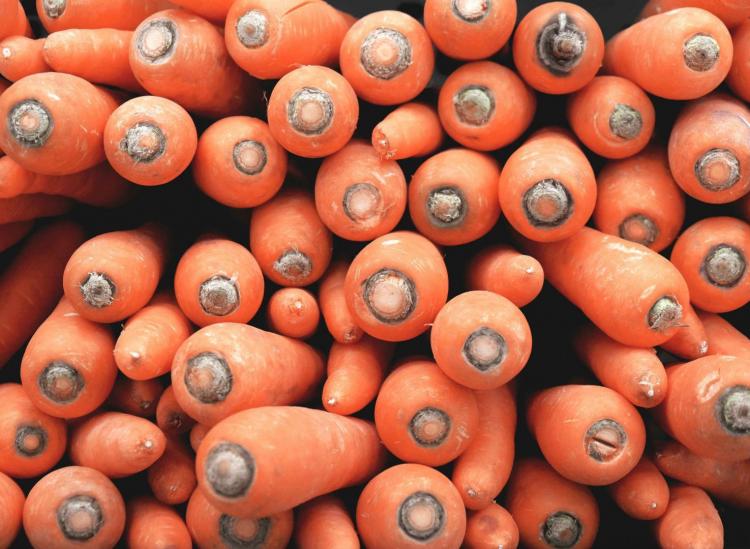
Unsplash
It’s never safe to go to the grocery store when you’re hungry. Maybe you watch one too many Tasty videos and you have all of these inspired recipe ideas, but then life happens. Produce like berries, bananas, avocados and dark leafy greens can spoil quickly, but there is a bunch of fruits and vegetables that have a way longer shelf life when they’re stored properly. This way your ingredients hold up when you don’t have time to use them right away. Here’s how you can stop throwing away your money on produce.
Winter Squash
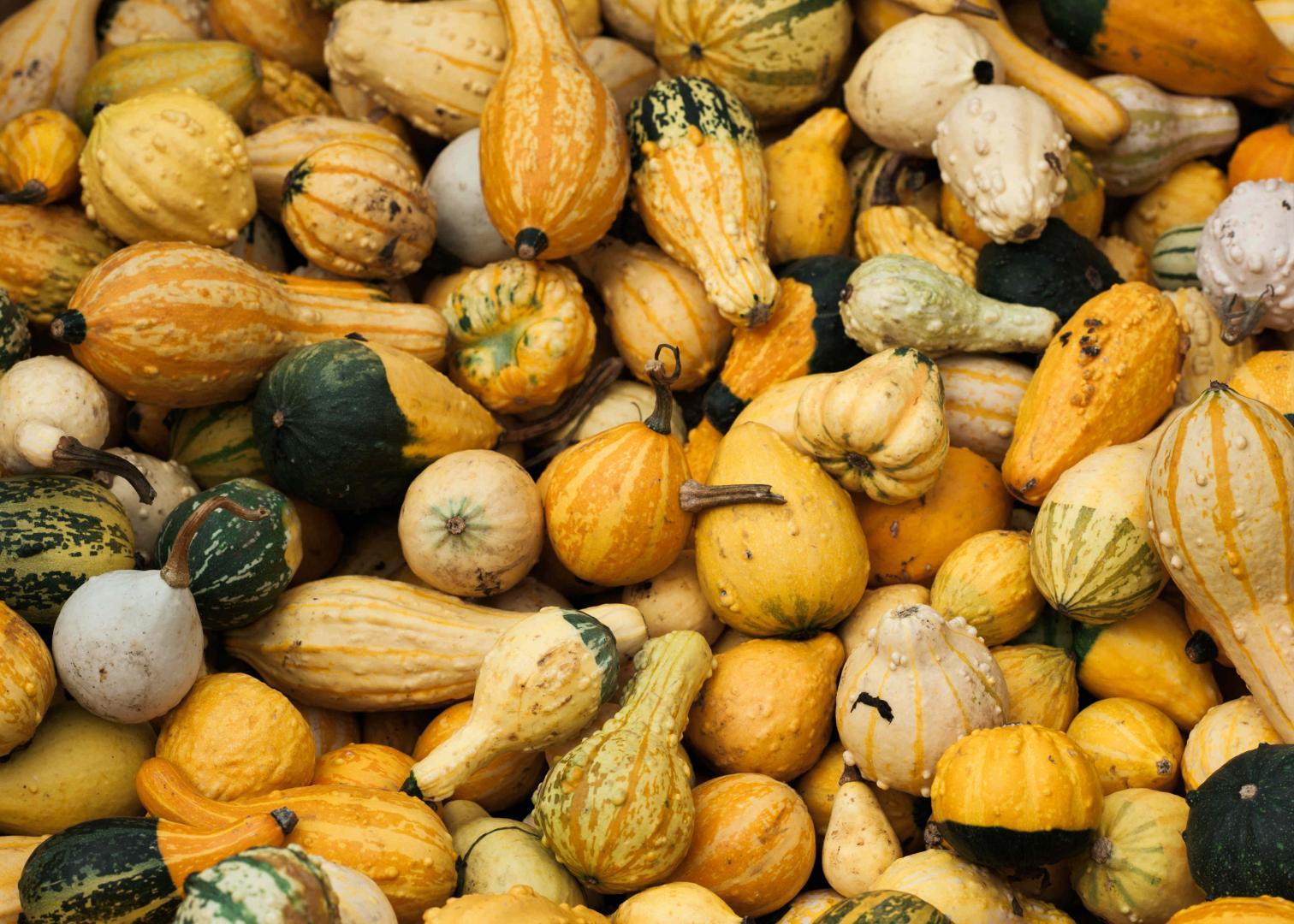
Unsplash
Winter squash, like butternut, acorn and pumpkin, can last between two to six months if it’s stored in the right conditions. Keep it in a cool, dark place like a pantry. If you put winter squash in the fridge it might last a little longer, but the texture and flavor will slightly change.
Apples
For apples to have the best chance at survival in your kitchen, they usually need a temperature of about 30 to 32 degrees. To keep the apples good for one to two months, store them in a plastic bag in your crisper drawer. Make sure to keep the apples away from other fruits and vegetables since they release a plant hormone called ethylene gas, which will trigger other produce to soften, get droopy or sprout unwanted buds.
Cabbage
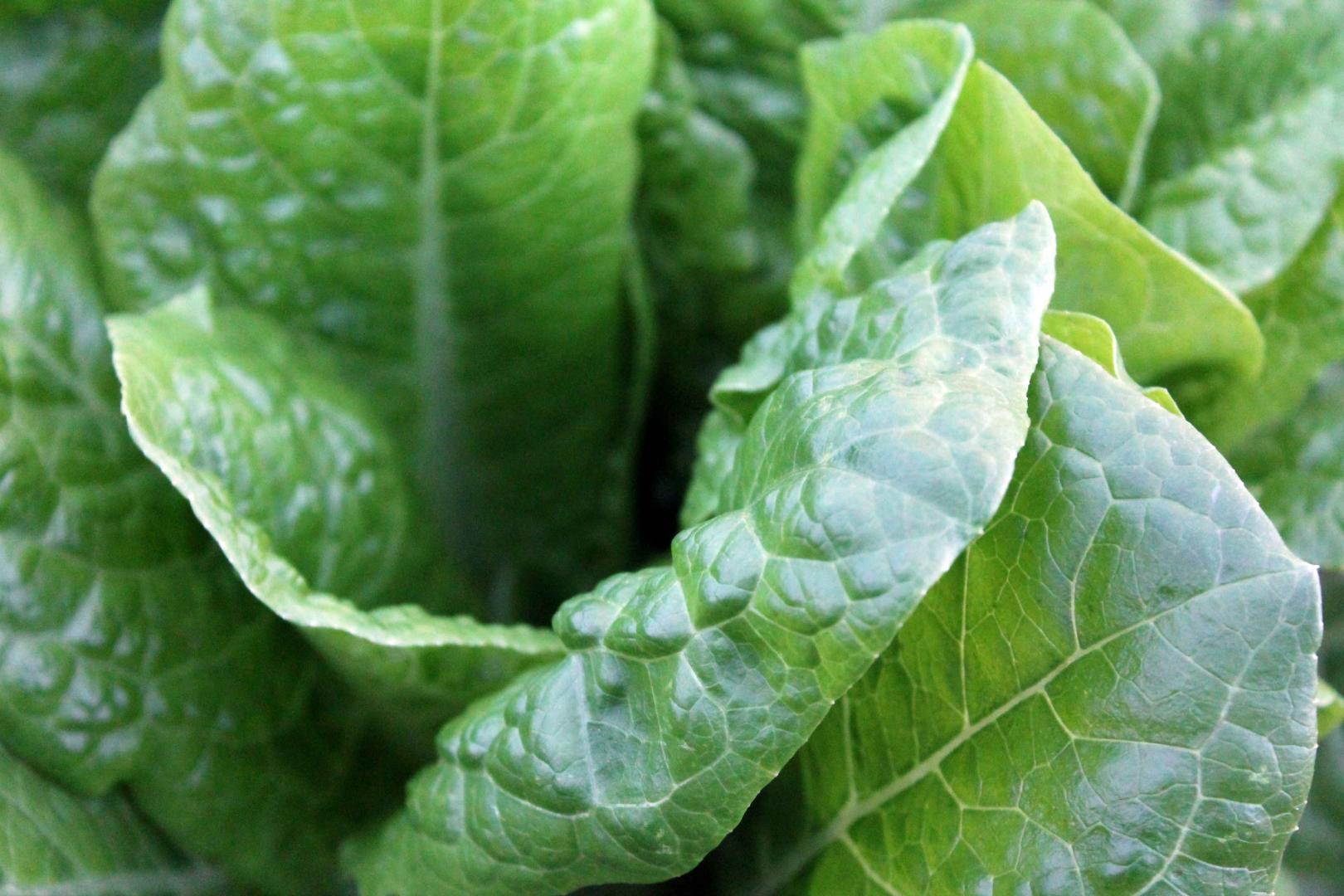
Unsplash
Wrap up your cabbage in plastic wrap and stick it in the crisper section of your fridge to limit the exposure to air flow. This reduces its chances of spoilage and the plastic wrap will keep out the extra moisture. Cabbage can last up to two months like this. This leafy vegetable is a great alternative to lettuce since it holds up better and stays crunchy next to hot foods (like in a fish taco), where lettuce would wilt and become limp pretty quickly.
Garlic
On top of all of the health benefits, garlic makes pretty much anything taste better. It’ll keep the longest when it’s stored at 60 to 65 degrees in a place where there’s moderate humidity. When the temperature is too dry, garlic can shrivel up and the insides can turn rock hard. You can store garlic in a dark kitchen cabinet or in the crisper drawer of your fridge to avoid any exposure to humidity. Once you take the garlic out and expose it to room temperature it’ll go bad within days, so don’t take it out until you’re ready.
Beets
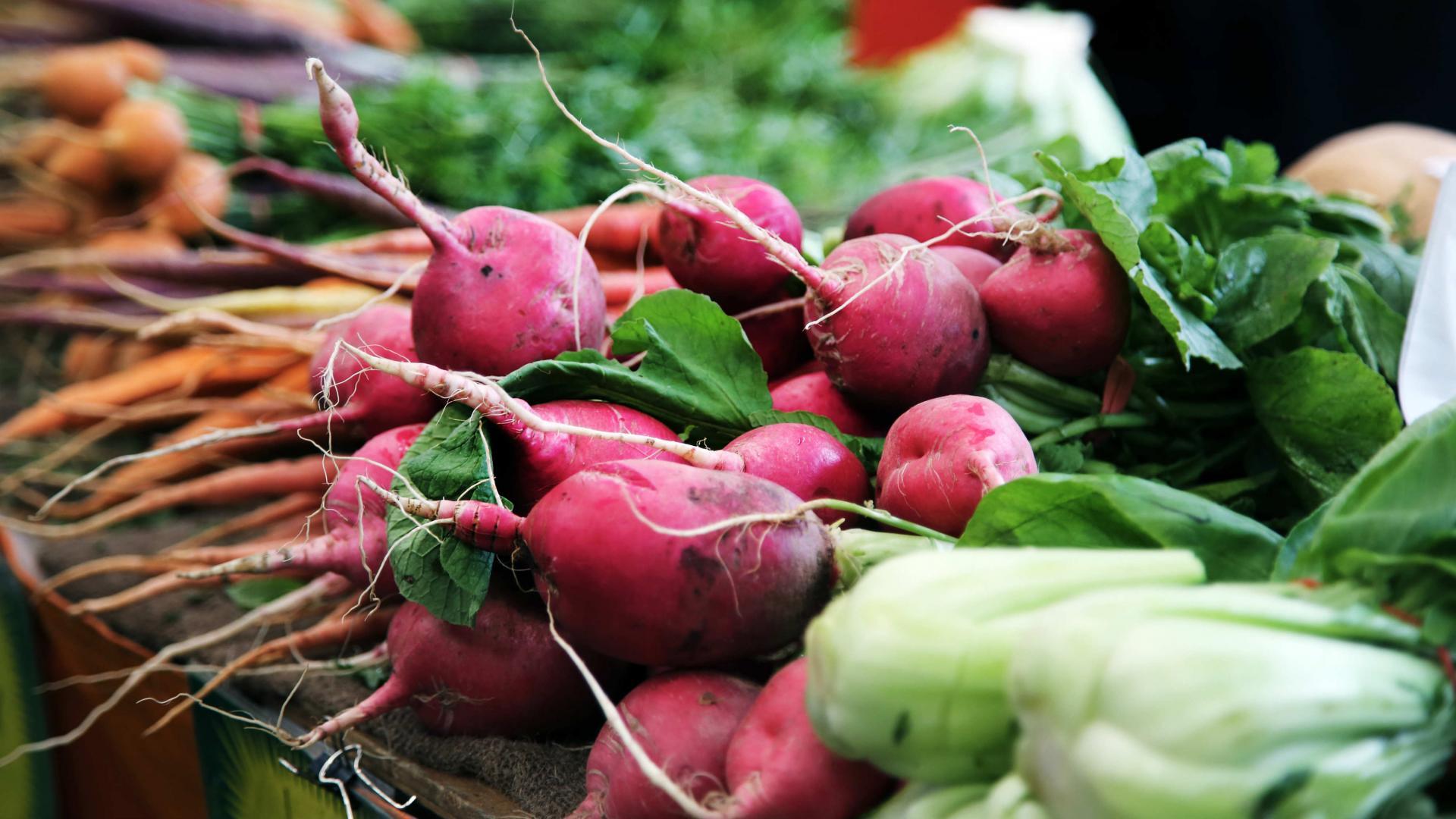
Unsplash
If you keep beets in a large Ziploc bag (with all of the air pressed out) and put them in the crisper drawer of your fridge they can last for about two to three weeks. With red or purple beets you’ll want to remove the greens from the top and leave about 2 inches of the stems attached before storing. You can save the beet greens for a salad, a curry dish or blend them up into a smoothie for extra nutrients.
Potatoes
If you want your potatoes to last, keep them in a dry location away from sunlight. The ideal temperature is 40 degrees. The best spot would be a basement or a cellar, but if you don’t have that space you can put them in a paper bag, or cardboard box, and find the coolest spot in your home. Normal refrigerators are usually too cold for potatoes. Keep them away from apples and onions or else they’ll spoil even faster.
Carrots
You’ll want to trim off the tops of the carrots since they’ll suck up all of the moisture and leave the rest of the carrot dry. The best way to keep them crispy and fresh for weeks is to put the carrots in a container and cover them water. When the water starts to look cloudy just replace it, probably every four to five days. Don’t store them next to apples or they’ll spoil faster.
Peppers
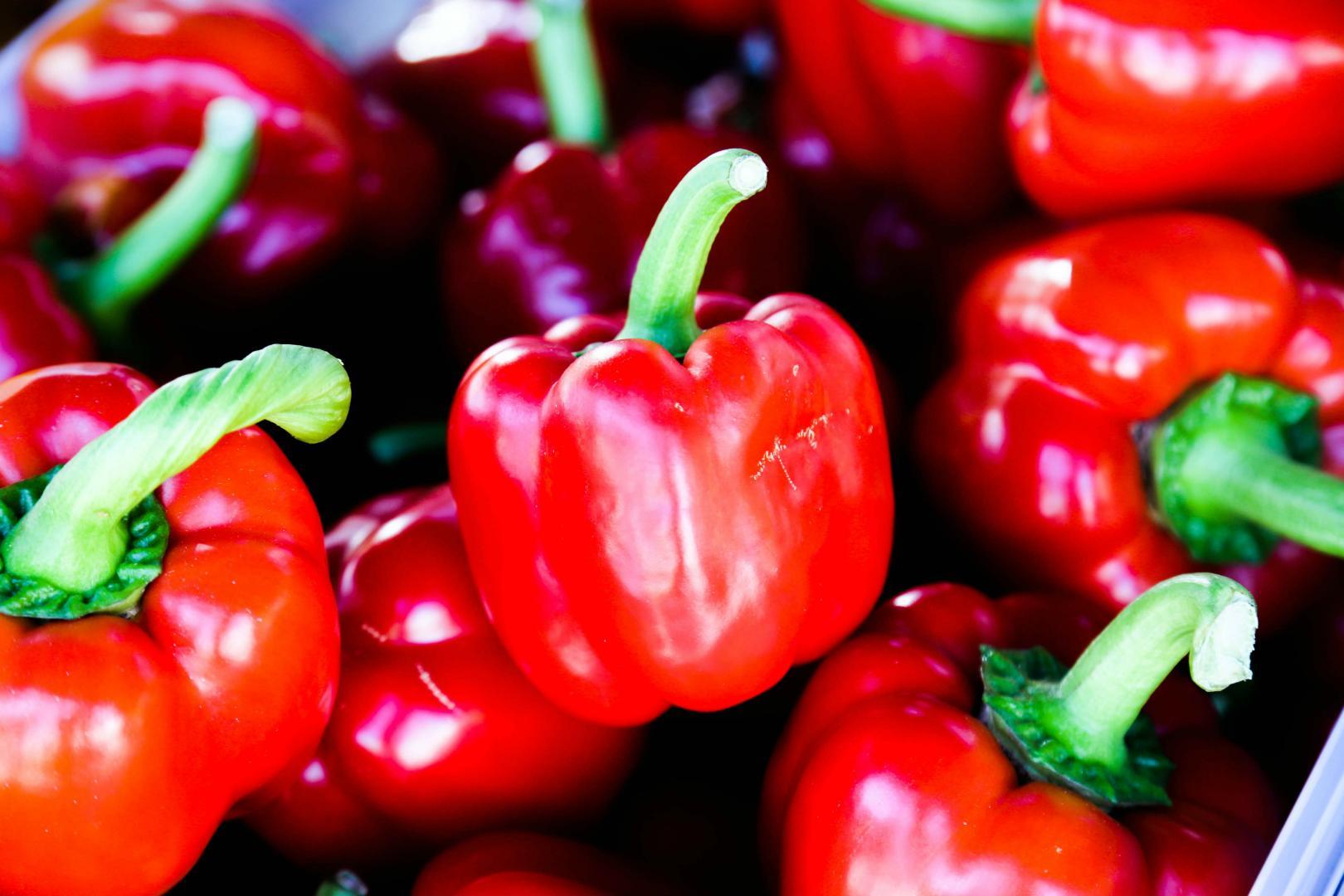
Unsplash
Green bell peppers will most likely last longer than orange or red bell peppers. To maximize their shelf life, store the peppers in a plastic bag in the crisper section of your fridge. It’s best to store them whole rather than sliced up. Once you cut up the peppers you should store them in a plastic bag and eat them within the next few days.











